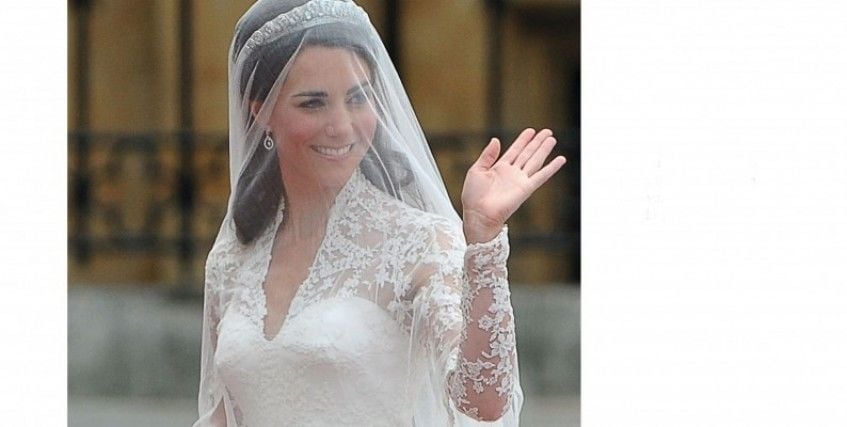History of the White Dress - Wedding Dress

An old poem tells us the following about the color of wedding dresses and how these colors can affect the future of the bride:
“The one who marries in white chooses the right one.
If he's in the grays, he'll go far.
Whoever gets married in black will want to go back to the past.
The one who gets married in red will wish he were dead.
Those who marry in blue will be faithful.
İnci awaits what's inside, a rushed life.
He is ashamed to be seen in green,
It is more easily separated from its partner in yellows.
Whoever gets married in brown will live outside the city.
The one in pink will be out of fun.”
Wedding dress has always shown originality according to cultures and social development. Along with initiation ceremonies (Christian Baptism, Muslim baby's name chanting, Jewish birthday celebration, etc.), attestation and burial ceremonies, marriage is one of the three major public events in a person's life, and among them the only one in which one can be fully satisfied and proud of being in the centre. activity.
This is the bride's big day rather than the groom's. Throughout history, women have tried to make their wedding gowns special to be suitable for the celebration, and thus, beautiful brides become more beautiful, while those that are not so beautiful have been made to look splendid at least. With the arrival of department stores at the beginning of the twentieth century, almost every woman became able to fulfill her dream of getting married in a “new” wedding dress.
White wedding dresses began to gain popularity. In 1890, the Ladies Home Journal wrote: "Bridal dresses have been white from time immemorial". This was not true, but it showed how accepted it was that the wedding dress should always be white. Some brides, especially non-upper class brides, wore dresses that were more practical and could be worn after the wedding. Queen Victoria was the first to push the button by marrying in white. Prosperity after the war allowed grand Victorian-inspired wedding dresses to become a reality. Grace Kelly's marriage to the Prince of Monaco became widely known thanks to their one-of-a-kind fairy tale wedding . In 1956, in front of 30 million television viewers, Grace Kelly's marriage to Prince Rainier of Monaco was referred to as the wedding of the century . The wedding dress consisted of a white stand-up collar, fitted bodice with long sleeves , and a undulating skirt made of twenty-five yards of silk taffeta, a hundred yards of silk fabric, tulle, and Brussels rose needle lace. She wore a bridal cap decorated with small pearls and orange flowers, and a veil of 90 yards of tulle. As with Queen Victoria's wedding before her, Princess Grace's wedding would set the tone for the next decade, and large white dresses would be in vogue. Royal princesses have always tried to be just like princesses on their wedding day . In medieval times, palace weddings were of great political importance, and in order to raise the prestige of the young bride's country, she had to look magnificent and the groom had to impress his country with the evident prosperity of his nation, if possible more than they could afford. In this context, they would use whatever material they could, most of them costly. For example, fabrics sewn with gold and silver thread, velvet, damask silk, satin and fur. Also dress; it was sewn with precious jewels such as diamonds, rubies, sapphires, emeralds and pearls, and in this way the bride would sparkle and sparkle even in the sunlight...
Bridesmaid dresses fit for princesses are at your nearest DreamON store .
